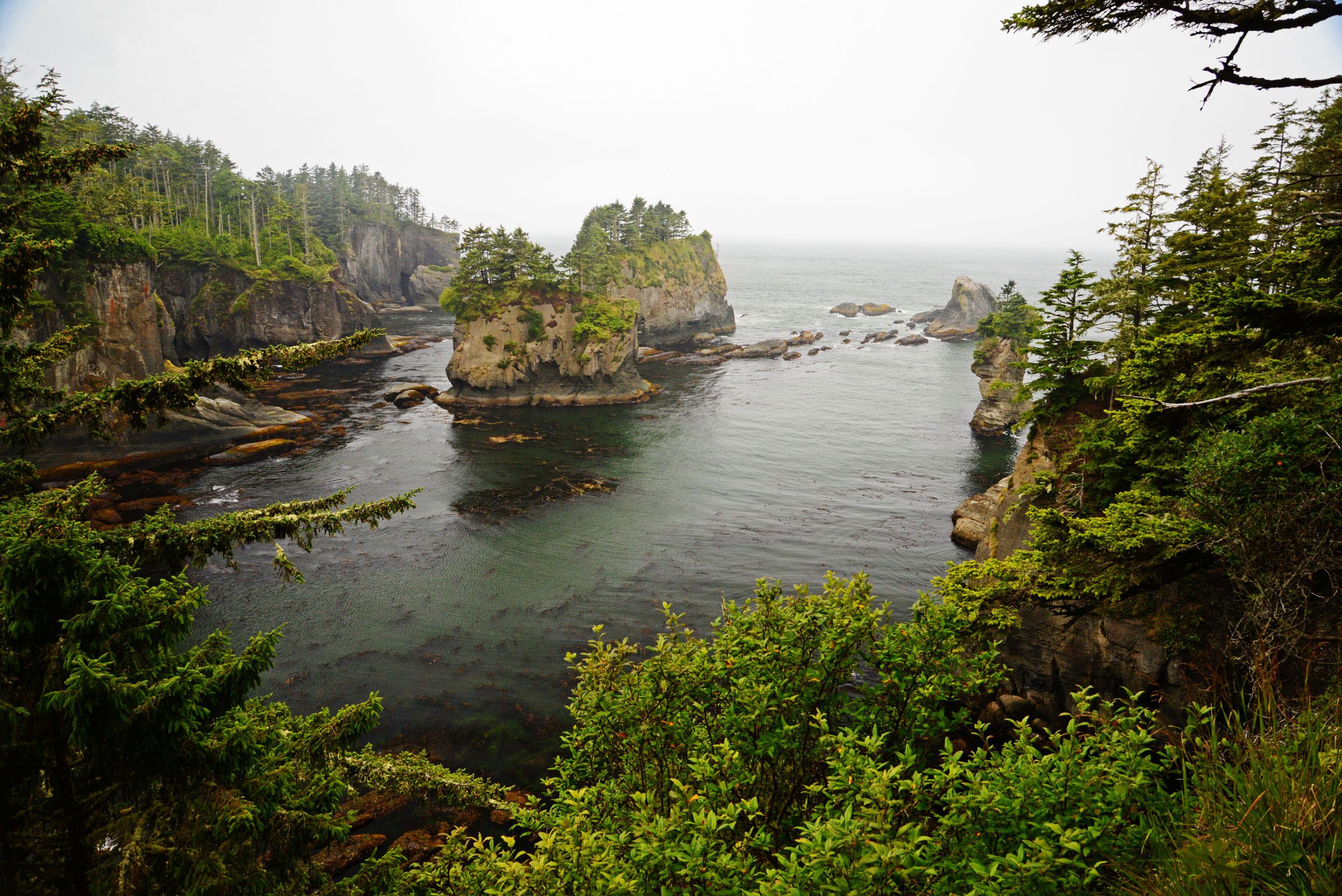What are Geographic Response Plans?
Oil spills pose a risk to sensitive environmental, cultural, and economic resources. One important tool in our planning toolbox is the Geographic Response Plan (GRP). GRPs contain pre-identified strategies for specific areas of the state at risk from oil spills. These are pre-approved plans that guide early response actions during oil spills. A list of all Washington State GRPs, including those open for comprehensive updates, can be found online at OilSpills101.wa.gov.
GRP Updates: Comprehensive vs. Interim
GRPs are periodically updated to ensure the information is relevant and up-to-date. These comprehensive updates require a lot of work and often take a year or two to complete. Work is coordinated with other state and federal agencies, tribes, industry partners, oil spill response professionals, and communities.
GRPs currently open for comprehensive updates are listed below, along with the contact information if you have questions or want to participate.
- Chehalis River – Comprehensive update published December, 2023!
- Lake Chelan – Comprehensive update published July, 2023!
- Grays Harbor – Comprehensive update published July, 2023!
- Outer Coast – David Prater at Prater@ecy.wa.gov
- Middle Columbia River-Bonneville Pool – Max Gordon at Gordon@ecy.wa.gov
- South Puget Sound – Kaitlin Lebon at Lebon@ecy.wa.gov
- Lake Washington – Sabrina Floudaras at Floudaras@ecy.wa.gov
- Lower Columbia River – Max Gordon at Gordon@ecy.wa.gov
- Strait of Juan de Fuca – Wendy Buffett at Buffett@ecy.wa.gov
- Snake River: Lower Monumental Pool, Little Goose Pool, Lower Granite Pool – Scott Zimmerman at Zimmerman@ecy.wa.gov
Interim GRP updates during Fall, 2023
Because a lot can change in a GRP planning area between comprehensive updates, Ecology is committed to conducting interim GRP updates when necessary. Examples of interim updates include improvements to response strategies resulting from lessons learned during oil spill drills or actual spills, updated contact information, changes to driving directions, and other response-enhancing edits. Ecology publishes interim updates to GRPs on a quarterly basis. Interim updates completed this quarter include the following:
- Central Puget Sound: CPS-182
- Green River Duwamish: GRD-6.5; GRD-6.8R; GRD-21.7
- North Puget Sound: VEN-03 and NPS-74
- Moses Lake/Crab Creek: CRABC-0.4 and CRABC-0.5
Everyone has a Role in Improving the State’s GRPs
The oil industry regularly exercises oil spill contingency plans to ensure their readiness to respond to an oil spill. These exercises often involve the deployment of GRP strategies. Each deployment is an opportunity to validate a response strategy’s effectiveness, and to make improvements if it is necessary.
GRPs also rely on feedback from professional oil spill responders, natural resource agencies, tribes, and the public. This valuable feedback is reflected in either a comprehensive update or the interim update process.
If you have information or ideas that can make GRP’s even more effective, Ecology wants to know! Please email GRP feedback to GRPs@ecy.wa.gov. If you are visiting a response strategy site, you can use our new GRP Strategy Assessment Form to help document your assessment. We thank you in advance for helping the Northwest Area Committee maintain a high level of readiness to respond to oil spills.
